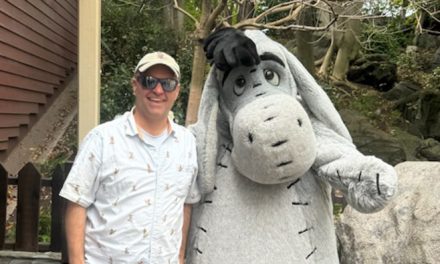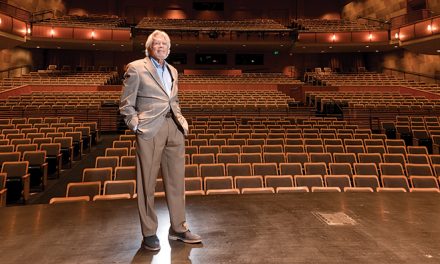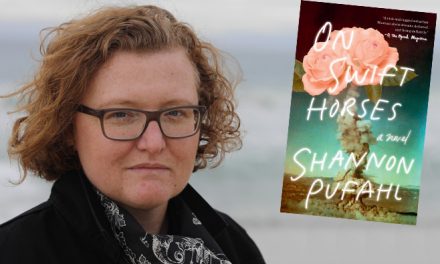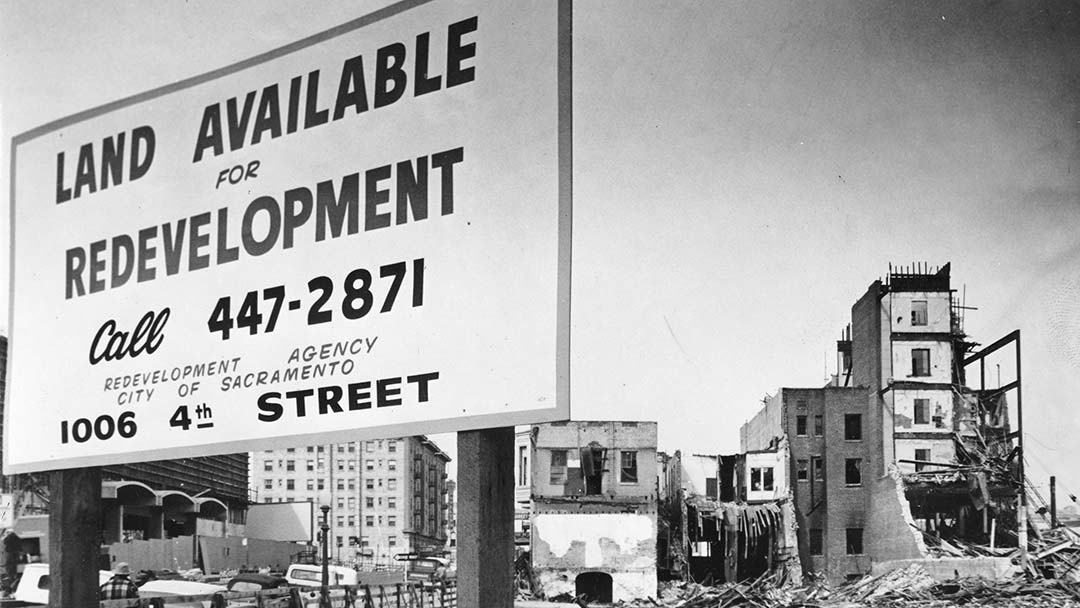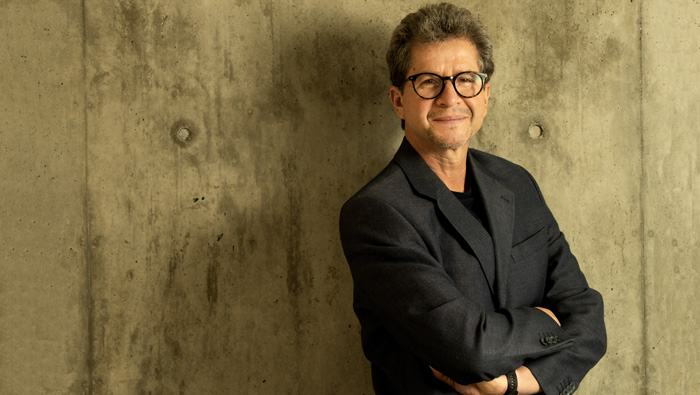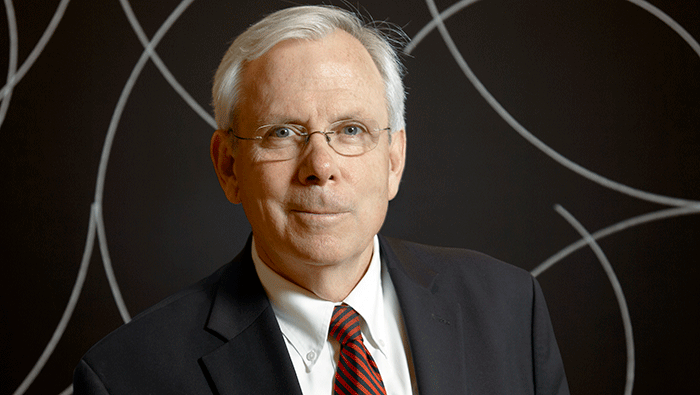
The Art Connection
Artist, curator and author Jock Reynolds, M.F.A. ’72, centered his recent work on Manuel Neri, one of the “first-generation” art faculty at UC Davis. Reynolds was completing Manuel Neri: The Human Figure in Plaster and on Paper (Yale University Press, 2018) as he retired from Yale University Art Gallery, where he served as its director since 1998. As an artist, his works have been exhibited throughout the world. He often collaborates with his wife, Suzanne Hellmuth, who is also an artist. Here, Reynolds discusses the new book with UC Davis Magazine contributing writer Karen Nikos-Rose.
Karen Nikos-Rose: How did you first learn of Manuel Neri’s work?
Jock Reynolds: I first came to know about him very early in my life, when I was an undergraduate at UC Santa Cruz studying under Gordon Woods, who had started the art department. Woods had admired Neri’s work at San Francisco Art Institute when he instructed Neri there. Woods told this quintessential story of Neri using a semester’s worth of plaster in a week. A technician comes to Woods in exasperation and says, “You have to come with me and stop him.” Woods gave the technician a different solution “Buy more plaster.” This is an early sign of Neri’s talent, his productivity, his genius. And this was the early formation of his career as one of the great sculptors of our time.
KNR: How did you chose UC Davis for your M.F.A. work?
JR: Woods had urged me to assemble a portfolio of my work for a year, and then apply to the program at Davis, my hometown university, to study with Neri, Robert Arneson, Wayne Thiebaud, William T. Wiley and the other talented young artists who had recently been hired by Richard Nelson, the chairman of the newly founded department at Davis. I was admitted in 1970, and was able to study under these great artists and serve as Neri’s teaching assistant and watch how he worked and taught.
KNR: What was Neri like as a teacher?
JR: I watched Neri teach as he worked, whether it be to sketch or sculpt. He consistently demonstrated a remarkable work ethic to his students, and his studio in Benicia always abounded with drawings large and small, of watercolors and collages that were tacked to the walls. Neri simply wanted and needed to be creative whenever possible.
KNR: You are a museum curator and director who is also an artist, which isn’t always the case. How does that dual perspective affect your work and your observation of artists?
JR: Being a museum director and also an artist gives me the advantage of really feeling very comfortable visiting artists in their studios. Knowing how to make things myself — the material and the processes that often go into a work of arts — I am comfortable talking to them about their work, and seeing how and where they make their work. In many cases I support them at points in their career. It’s important to support them in a residency or exhibition and bring their work to the attention of the public, or in particular to students who can learn from them as well.


